
Eschalon: Book III – Review
Eschalon: Book III has finally been released. Fans have been waiting a long time for this game, especially after the cliffhanger at the end of Book II.
What you’re looking at is essentially a hardcore isometric rpg that somewhat kickstarted the current second wind the genre is going through.
Story
Book III starts off where the previous game ended. After trying to destroy the Crux of Ages in Book II, only to fail and almost get killed in attempt, you were teleported to pretty much the other side of the world. In case you need a reminder to what the previous game’s ending already mentioned; you’ve lost every peace of equipment except for a second mystical gemstone, the Crux of Fire.
Book III’s story brings a conclusion to Eschalon’s saga, but not before answering many questions. Fans of the series will finally learn more about the Orakur and about the mysterious ‘The One’ who thwarted you right before Book II’s ending.
What made Eschalon’s story great, though, wasn’t its main plot. Instead it were always the inventive dialogue, interesting lore and a general coherence to the game’s world and its inhabitants, that made the previous two games such a joy to play. Suffice to say, all of that returns for Book III. NPC’s will refer to past events, offering subtle reminders for fans who have by now forgotten the finer details of the plot, and quests are all well-documented so they should never grow stale.
Graphics
Eschalon Book III will look familiar to anyone who’s played either of its predecessors. In essence this means that you still view a two-dimensional world from a bird’s eye perspective. That doesn’t mean things aren’t detailed though, inns and other houses are all well-decorated and dungeons look sufficiently unique.
Overall there has obviously gone a lot of detail into creating Eschalon’s world. Secret passages are often hinted at through the way the map has been layed out, often taunting you with a seemingly unreachable chest, only to stumble on a hidden passage, that’s been subtely marked by a small dent in a line of trees. While such things influence gameplay, I still thought it worth mentioning in this category, simply because it’s not often you see a game that knows how to handle its decor as well as Eschalon does.
Still, Eschalon is very much a game from a different era. It’s apparant in many ways, like how there’s no widescreen support – a remnant of a dated engine – or in the way the interfact encompasses the rest of the screen, something that’s reminiscent of older RPGs like the Wizardry series.
That does not mean the game doesn’t look good, though. Like I mentioned earlier, the world’s still detailed and there’s enough variety to keep things interesting.
Sound
Eschalon: Book III’s soundtrack can generally be described as gentle. Calming tracks accompany you for most of your adventure, with rare moments of foreboding tunes.
Worth noting is the way sound is used to let you know when something of interest has occured. A note will notify you when a monster has left an item behind, or when something in the environment could be worth investigating.
Other than that, aural diversity has been added in the form of different sound samples when your character is walking through different landscapes. For instance: rustling noises when plowing a way through bushes, or sloshing when wading through a swamp.
Gameplay
The first thing you’ll have to do when starting a new game – admittedly after creating a character – is adjusting the difficulty. While nine out of ten games let you adjust how punishing they become, Eschalon has always gone about it slightly differently. You see, rather than just increasing the amount of damage dealt by monsters, you can determine whether your character will need to see to his basic needs – food and water -, equipment deteriorates or not and you can choose whether you can save while under a status effect or if otherwise random functions like lock-picking or loot will be predetermined at the start of the game.
Needless to say, there’s a lot of customization present, something that’s also noticeable when it comes to character creation and development. You can choose a starting class, race, religion and sex, but those only determines your initial statistics and a few minor attributes. More important are the various skills you can choose. These range from the armour you can wear to what weapons your proficient with and other important skills like skulduggery, cartography and alchemy. Every skill can be upgraded to increase its efficiency, but learn too many different ones and you are almost certainly doomed to end up underpowered towards the end of the game. Essentially this means you’ll have to think about which skills you actually want. Still, it remains a viable choice to build a battle mage or a ranger who’s also up for some conjuration.
Quest are scattered throughout the world, but are delivered in a delightfully organic way. Quest-givers all have meaningful things to say and there’s plenty of lore to go around for those who don’t mind reading.
Because, yes, there is a lot of reading to be done in Eschalon Book III. I guess anyone who’s played the previous games will be familiar with this fact already, but it does help make this a decidedly niche-game.
Two things I would have liked to be handled differently; characters still walk rather slow and wild life is still sparse to a point where you can traverse entire maps without much happening.
Combat is turn-based, with you and enemies each taking turns to attack or move. Part of the game’s charm lies in the way that you can use traps and items like explosive barrels against your adversaries.
Conclusion
Eschalon: Book III remains a niche-game, one for a crowd who doesn’t mind dated graphics, instead looking for a fulfilling experience with lots of customization.
Be warned though that this isn’t a game for people who mind reading or who don’t like to spend a lot of thought into a game. For others, though, this will be one of the best role-playing games of the year.
Eschalon: Book III - Review,
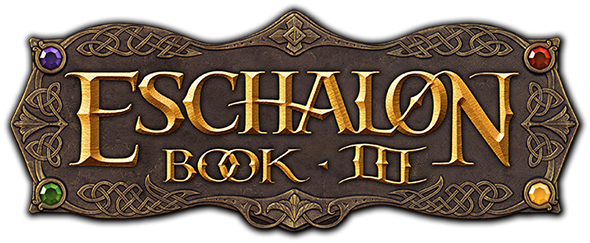
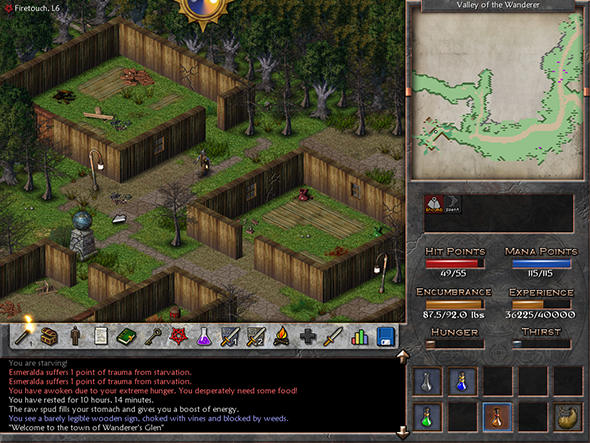
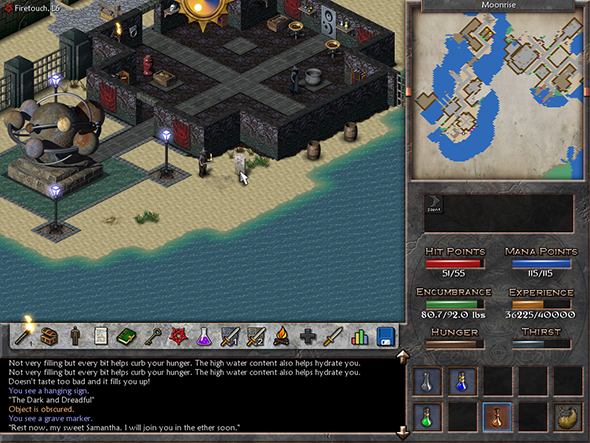
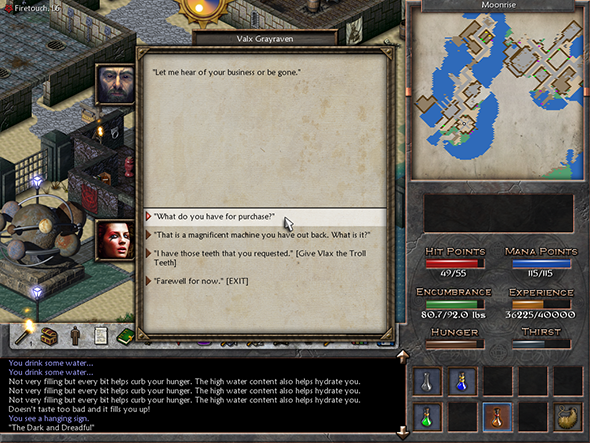

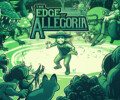
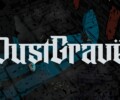
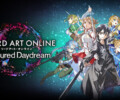
No Comments